ROSE RS520 - the new all-in-one solution for music lovers
This isn't just an old product with a new capability. It's a totally redesigned product, with everything that's great about the Rose RA180 amp and the RS150B streamer brought together in musical harmony.
Shipping at the middle of October, we recommend getting orders in soon as stock will be short at first!
Read about Lee's immediate reaction to this long awaited product.
What is ROSE?
HiFi Rose are an audio technology company from South Korea. Collectively over the last 2 years, they've brought lifestyle and high fidelity audio together to create a small but powerful combination of products from their flagship RS150B streaming pre-amp to their recently released (and quitely steam-punk looking) RA180 super-powerful amplifier.
In between these products are a number of smaller profile streamers and more importantly, an integrated amplifier and streamer 'all-in-one' - the RS201E.
Consistently however - the ROSE OS - a derivative of Android with specific application support for audio integration, has continued to evolve with new functions, features and bug fixes always being released. This gives the company a solid foundation to grow from - and grow they are!
The UK distributor expects ROSE to be close to a £1m business in their first year - and when we look at our sales locally in store, we can see why. People of all experiences LOVE their products. They look good. They're easy to use. And importantly, they sound fantastic too.
RS520 - the new all-in-one
When we heard there was a new product due to be announced - we were a little reluctant at first: is this just another product designed to hit a price point?
Then we saw it and the spec sheet and you immediately relax. This is a totally new product, designed for a particular use case and is an evolution of the entry level streamer / amplifier concept (the RS201e) with everything that's brilliant about the RS150B streamer and the power and innovation behind the RA180A amplifier.
The DAC is a continuation of the big streamer: the ESS Sabre 9038 Pro with a bit rate support of 8 - 768Khz. It's classified as a reference level DAC too, confirming this is a high end streaming amplifier. And as you'd expect from either streaming services or USB playback - it's quiet, with plenty of microdetail and warmth with zero fatigue. There are the usual DAC filters to work with too.
Gone have the integrated power and volume controls from the right hand side of the screen. You'll now see 4 stylish buttons at the top of the chassis that provide you with volume and power control. Nice!
It also comes in Black and Silver - though the CD ripper (optional extra) is currently only available in Silver at the time of writing.
The screen
What everyone loves about the RS150B is the wide touchscreen. The reality is - the screen on the RS150B is a commercial LCD touch screen that's expensive to make / cut down and has a lower resolution than you might be used to when holding smart phones / tablets in your hand. Some differences below:
| Spec | RS150B | RS520 |
|
Chassis Size |
430 x 316 x 123 |
346 x 328 x 127 |
|
Screen Size |
14.9" |
12.6" |
|
Resolution |
1280 x 239 px |
1920 x 515 px |
|
Technology |
IPS Multi-Touch panel |
TFT LCD & Capacitive touchscreen (eDP) |
The eagle-eyed reader will note the chassis is some 84mm narrower, a tad deeper and taller.
What significantly changes however is the scren resolution - with over 70% more pixels in a slightly smaller screen = a real step up in screen performance which helps in the real world: text that had to be made larger and dominated the screen is now smaller and in-keeping with the information it's displaying.
The Amplifier
The RA180 amplifier when announced took Class D amplification to new levels of dynamic range, power (400W per channel into 8 Ohms!) and low distortion levels - this combinated calling for Rose to announce 'Class AD' which means 'Advanced Digital'.
It's positive news to see the same architecture flowing down into the new RS520.
In order to achieve the perfect class-D amplifier design, switching operation speed and accuracy must be ensured. However, due to the limitations of silicon FET, the linearity is weak compared to class-A or class-AB, which limits the ability to produce natural sounds.
The class-AD amplifier mounted on RS520 uses a new material GaN (gallium nitride) FET to dramatically reduce the “dead time” by 1/3 to maximize linearity.
The RS520 grants a powerful output of 250 W per channel into 8 Ohms with the class-AD amplifier that maximizes operating speed and accuracy to achieve the perfect class-D amplifier structure. WOW!
Connectivity
The RS520 features a good array of inputs and outputs as you would expect from an integratefd amplifier at this price point.
From the left we have a 12v trigger in/out (useful when connecting to power amplifiers or other sources), a phono stage input (with ground), IR in if you intend to conseal the device, HDMI output (4K), 3 x USB 3.0 ports for connecting storage devices or CD drives, a USB connection (to use this device as a DAC), eARC input from your TV, pre-amp output (for bi-amping or using as a streamer only), RCA line input, S/PDIF coax input/output, TOSLNIE input/output and speaker terminals with class 2 wiring.
The device has built in wifi (via a provided USB dongle) as well as GigabitEthernet connectivity too. What's missing is balanced connectivity but given the RS150B is the pre-amp device, one could argue that they're not essential in the integrated side.
Like most of the Rose devices, one can install an SSD into the lower side of the chassis (underneath) for local copying/playback of content as well as ripping music CD's locally to the device too. This is an optional extra - we recommend the Samsung 860 Pro SSD.
Music Services
RoseOS has been developed quite considerably from it's initial release and there is a good roadmap of new services coming through next year too.
The RS520 has access to all the same streaming services as other devices: TIDAL, Qobuz, Bugs, Apple Music come as standard along with support for Spotify Connect.
As far as video services go, you can install VLC Player for playback of local/NAS videos (in PCM stereo only however) as well as enjoying TIDAL Video via the HDMI output in native 4K but with high end lossless audio via the DAC. RoseTube is also included which provides you with music from around the world via Youtube's premium subscription service, again in Hi-Res formats and 4K video.
On the roadmap is support for Amazon Music and a few others - those will be announced soon but is welcome for subsribers of Amazon Prime and Music HD services.
The unit also supports Roon out of the box - which is useful if you find the Rose app difficult to navigate or messy (iPad users can sometimes be overwhelmed with the interface). I personally find the iPhone interface excellent and it comes as close to the look/feel of TIDAL (I am a subscriber) as I've seen across any streamer.
Conclusion
The RS520 is a powerhouse: both on the amplification side and the capability of yet again, the excellent streamer.
For those looking at an 'all in one' device i.e. just add speakers, this is an end-game solution. Perfection in sound with the pursuit of integrating software at the core.
Take away the streamer and it still sounds great as an integrated ampifier with both analogue and digital sources. The fact it interfaces with your TV/monitor if requried is really icing on the cake.
Visually, I'd have preferred it to be a full width device but one assumes the screen here was the rationale for this. And in fact, it does look better being a little less wide but taller. Information on the playback is more logical and easier to read - and it's still very good to interact with via the screen.
If HiFi seperates is your preference - stick with the RS150B and get the RA180 amplifier combination. You wouldn't need anything more from a pre-power...! But for people working on a slightly tighter budget than £9.5k, the RS520 won't let you or itself down and will bring endless hours of enjoyment.

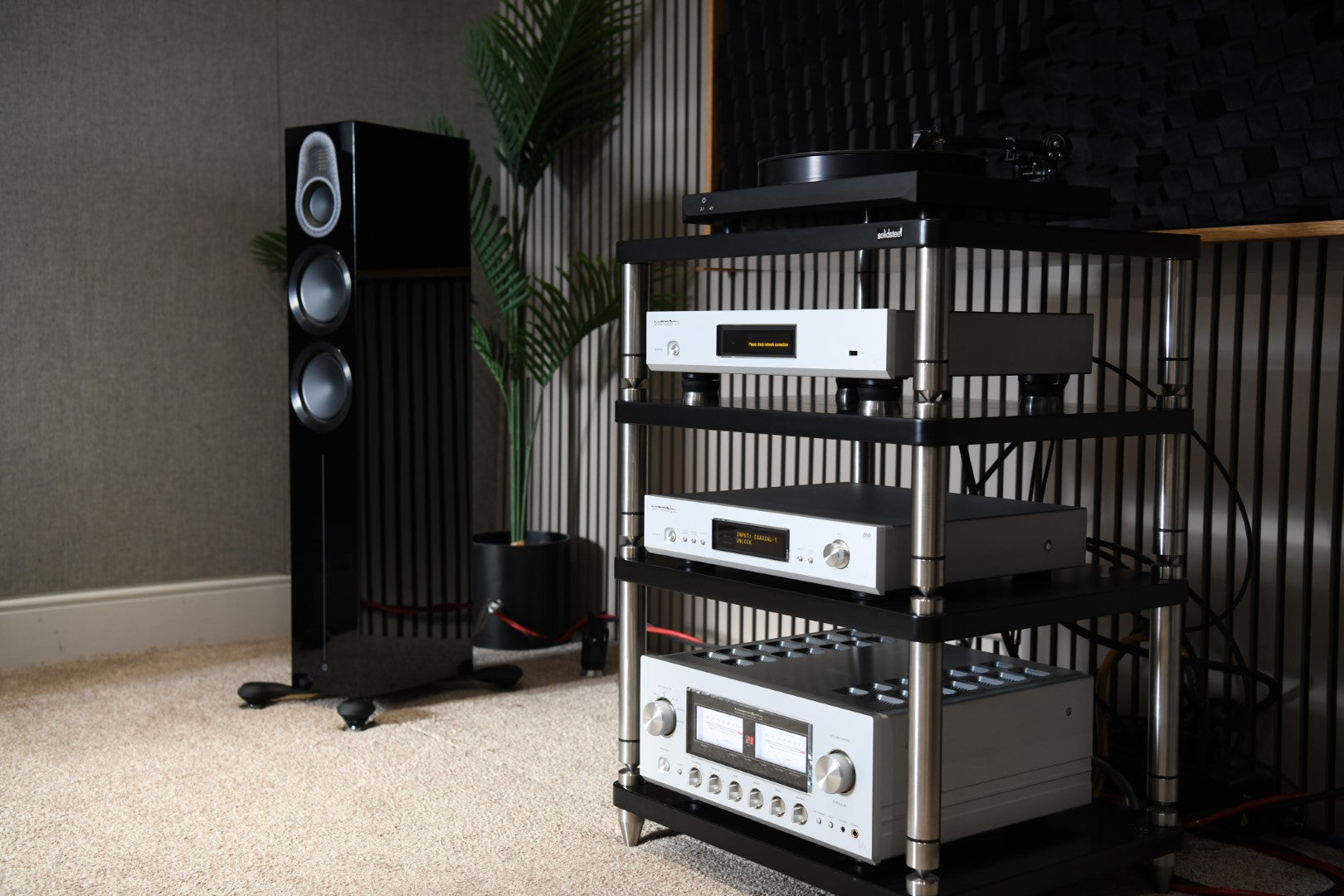
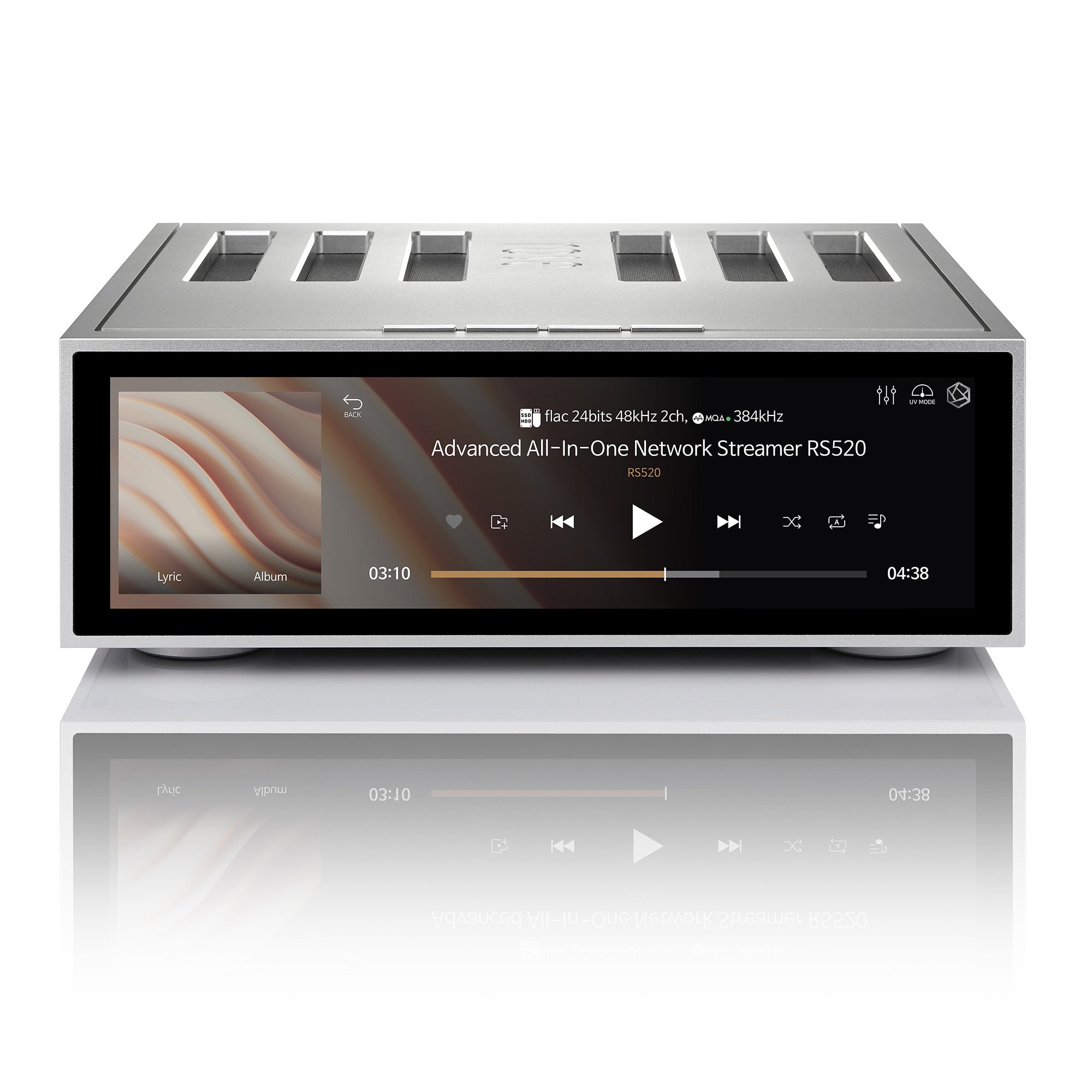
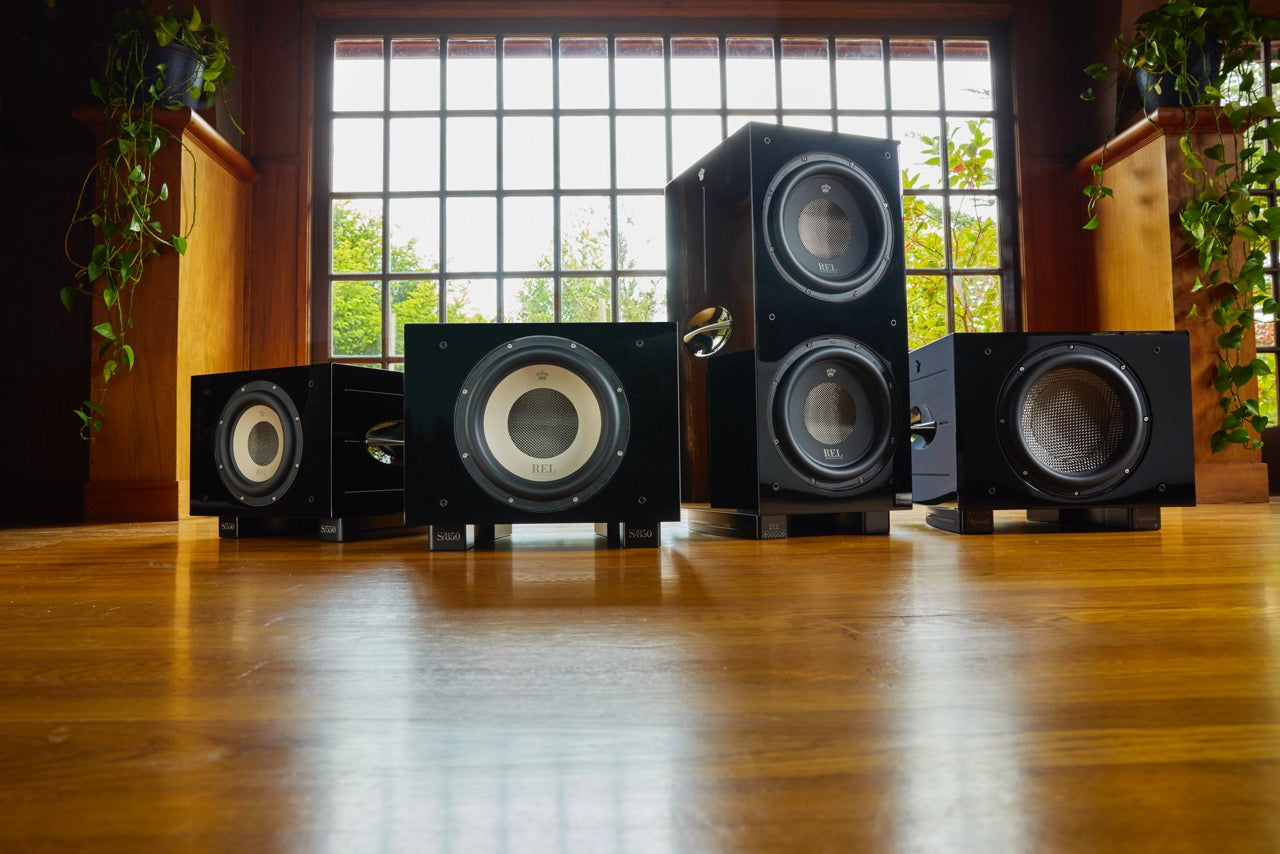
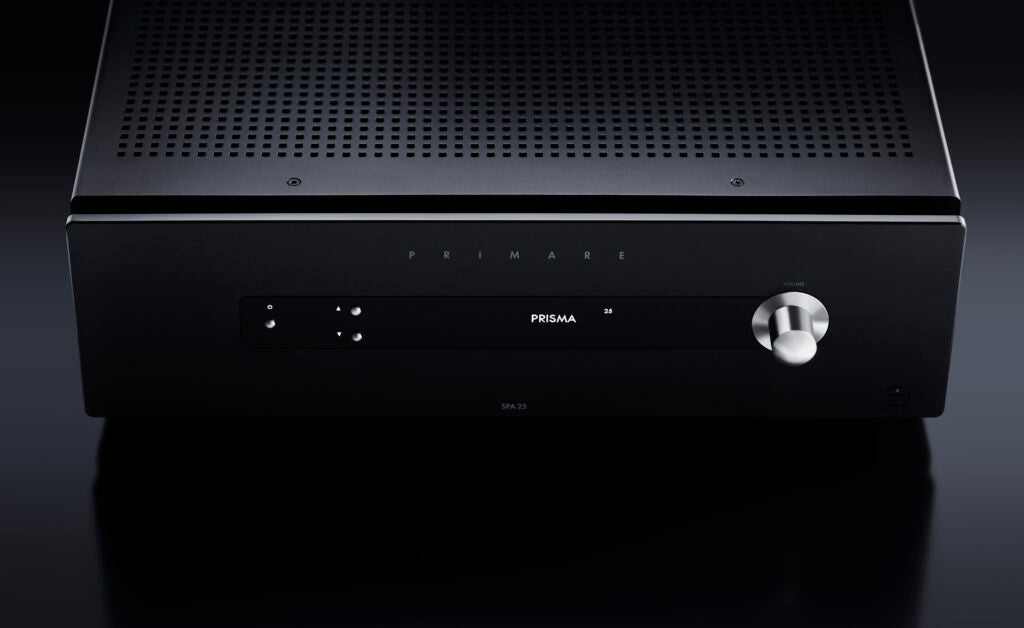
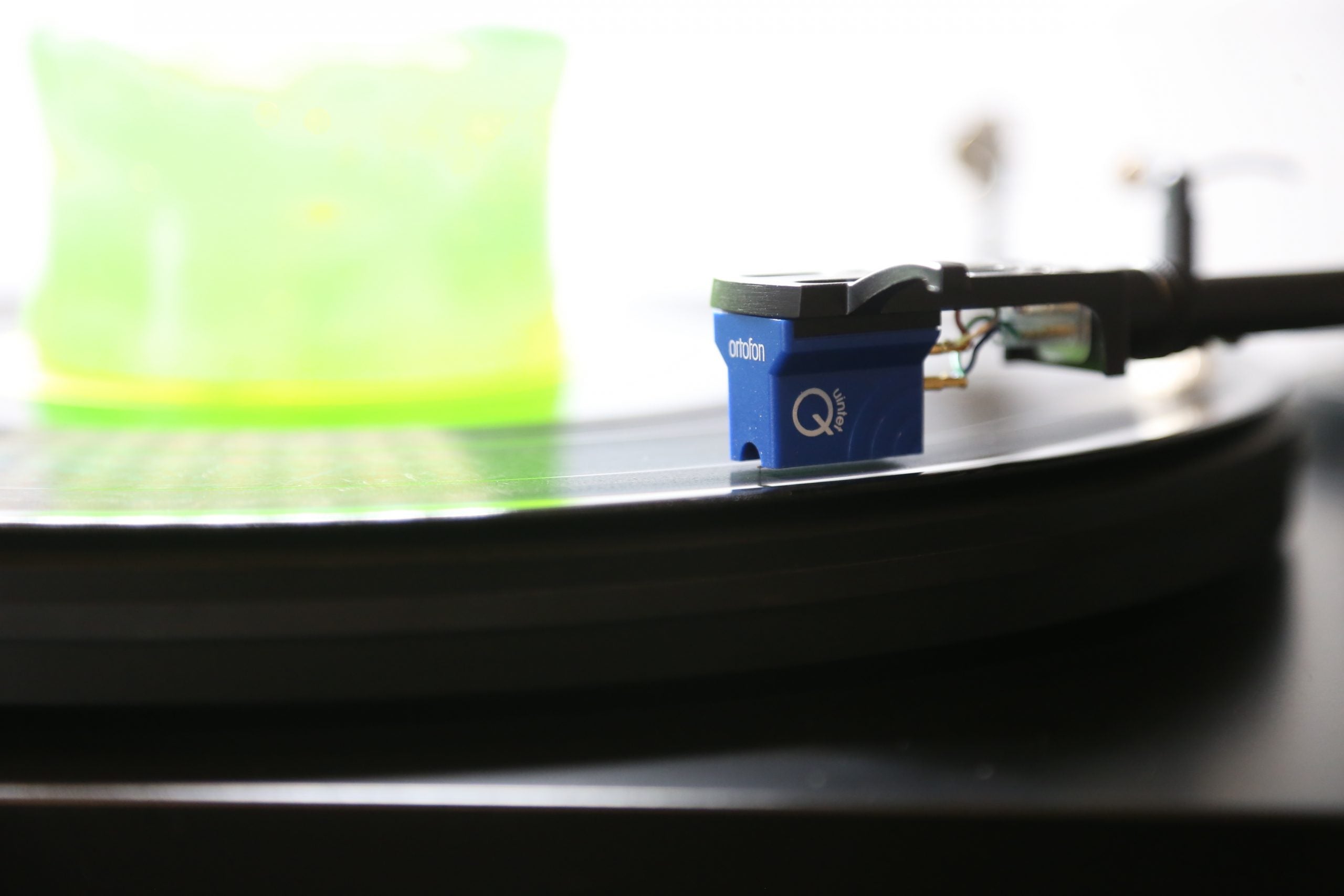
Share:
NEW FOCAL Bathys - Wireless ANC Headphones
What are Power Amps?